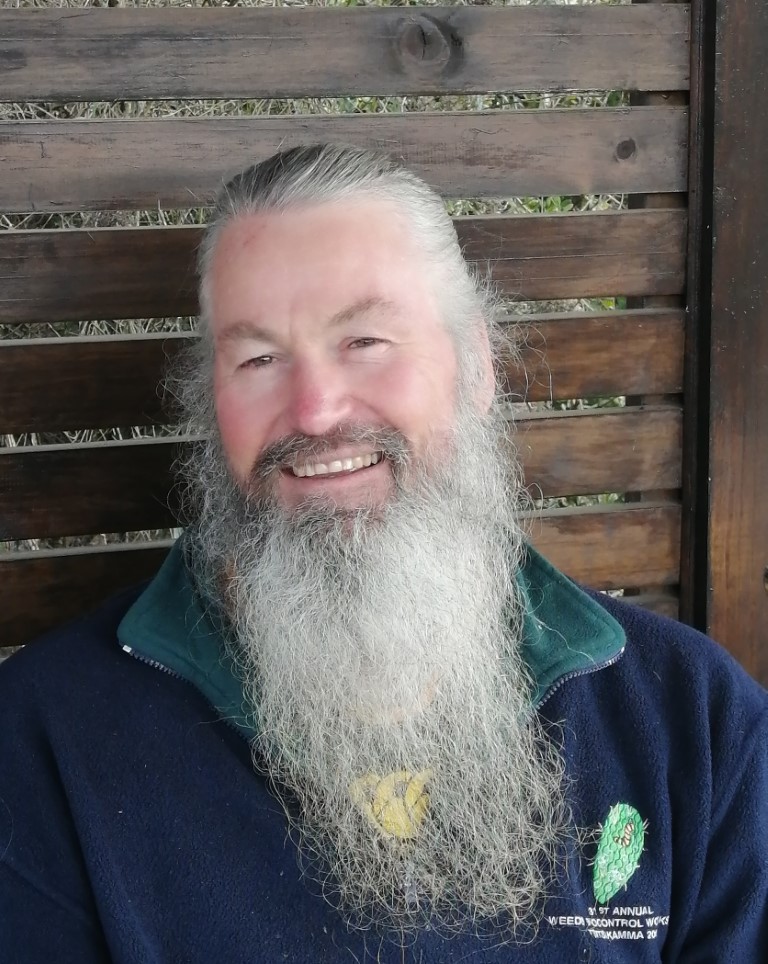OPINION - The article by Cobus Meiring of the Garden Route Environmental Forum (GREF) ('Commercial forestry in the South Cape to be revived') extolling the merits of re-establishing commercial forestry in the southern Cape creates the impression that plantations are something that we should embrace.
This appears to be based on the tenet that land that was previously under commercial plantations has now “succumbed to dense infestations of invasive alien plants”.
The irony in this statement is that the very trees that are grown by commercial forestry are often invasive, increasing fire risk and posing the biggest threat to biodiversity and precious water resources.
Just because trees in a plantation are grown in neat little rows, equidistant from each other, does not mean they are not invasive.
So, replacing stands of invasive alien plants, with a monoculture of one invasive alien plant species does not resolve anything, it merely ensures an ongoing supply of seeds of that one species in the landscape, fuelling its spread.
That one species is likely to be one of the numerous pine species that pose the biggest threat to the Cape Floral Kingdom, where numerous native species are already on the edge of extinction.
Pines feeding invasion of fynbos
The most invasive pine species in the Western Cape are cluster pine (Pinus pinaster) and radiata pine (Pinus radiata). Both species, especially the latter are widely grown in plantations. The proliferation of pines across the landscape is evident and confirmed by researchers who found that between 2008 and 2023 the cover of invasive pine species in the fynbos increased by 33%.
It is estimated that pine plantations are the source, seeding fully half of the currently invaded area. Pine plantations in the Drakensberg in KwaZulu-Natal have reduced stream flows by 82%, while in the Western Cape stream-flows from some invaded fynbos water catchments have declined by 55%.
In South Africa’s Mpumalanga Province, the replacement of grassland catchment areas with pines and eucalypts led, within 6–12 years, to the drying up of streams. There, removal of dense stands of pines and wattles from riverbanks has resulted in a 120% increase in stream-flows.
Our water resources are already highly stressed thanks to climate change, rising demand due to population growth and economic development, and now we want to add to those stressors by planting plantations. It evades logic!!
 Dr Arne Witt
Dr Arne Witt
Pines in plantations also don’t pose less of a fire risk than those that are, together with other introduced plants, invading the landscape. The risk remains high. The fact that pines, like all trees, store most of their carbon in above-ground structures means that plantations will contribute significantly more to carbon emissions if they were to burn. With an increase in the frequency and intensity of droughts, thanks to climate change, that is likely to become a regular scenario.
A study of the factors that influenced the devastating fires around Knysna in 2017 found that the severity of the fires was worsened by the conversion of natural fynbos vegetation to plantations, and invasion of vegetation by alien trees.
Yes, commercial plantations will generate jobs, there is no doubt about that. In many respects it is a necessary evil, because we need timber for construction, but at what cost? According to researchers the costs outweigh the benefits.
It may be appropriate to make an analogy with the tobacco industry which also generates thousands of jobs, but at a significant cost.
In 2016 the costs of tobacco use in SA were estimated to be R42 billion in direct healthcare expenses for treating tobacco-related illnesses, lost productivity and earnings from premature deaths. It is in contexts like these that we must consider the planting of commercial plantations in the southern Cape.
Water scarcity will ultimately constrain economic growth, leading to fewer job opportunities in the long term. We are trading our long-term future for short term gain.
Would it not be better to create jobs by employing people to remove invasive plants, funded through levies or other sources, than to plant trees which will impact negatively on water resources and biodiversity, and fuel fires?
Dr Arne Witt is an internationally renowned environmentalist and the Regional (African and Asia) Coordinator for Invasive Species for CABI, Centre for Agriculture and Bioscience International.
Comment and opinion are that of the author and not necessarily shared by Group Editors, any of its publications or staff members.
‘We bring you the latest Garden Route, Hessequa, Karoo news’















